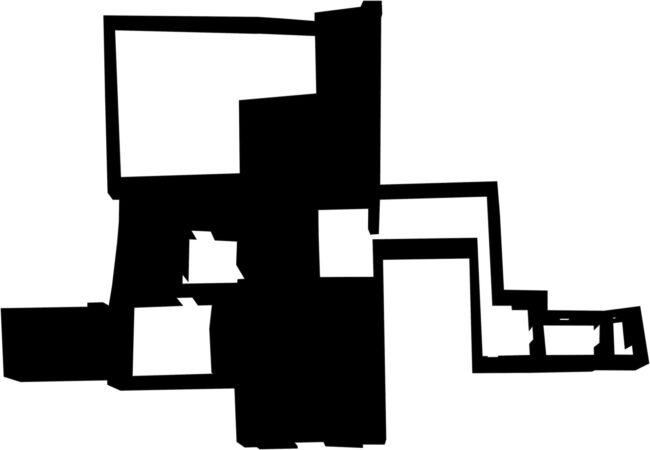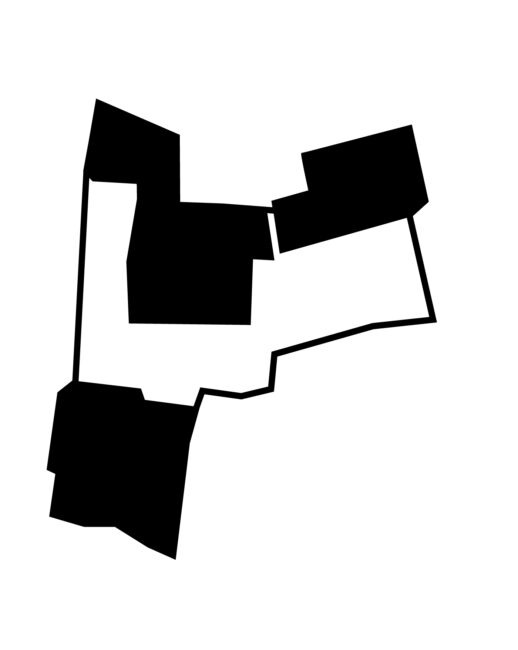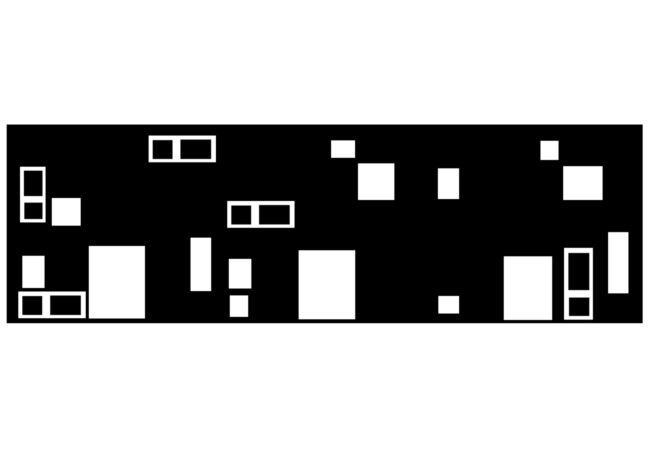Inhabiting the ruins
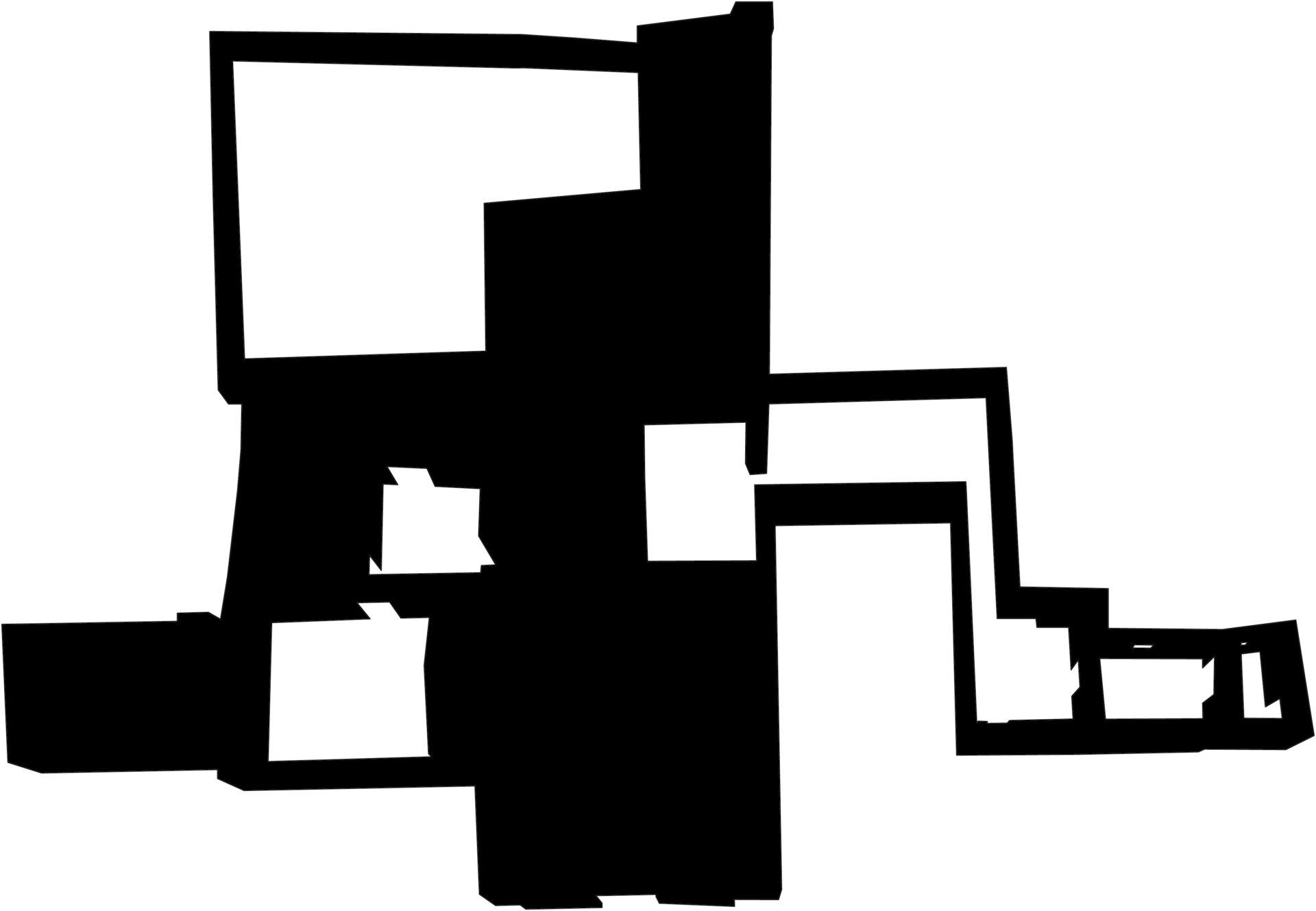


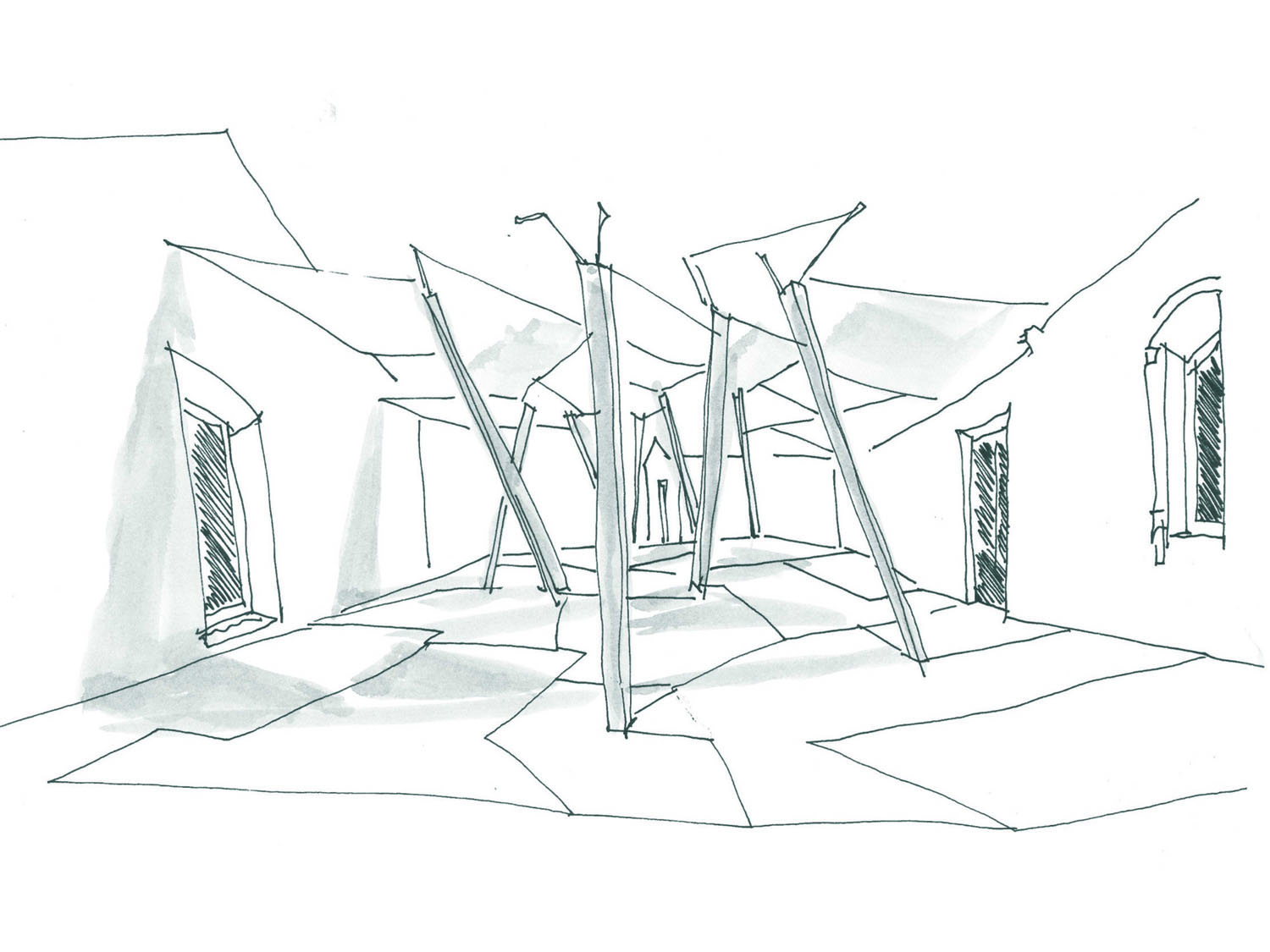
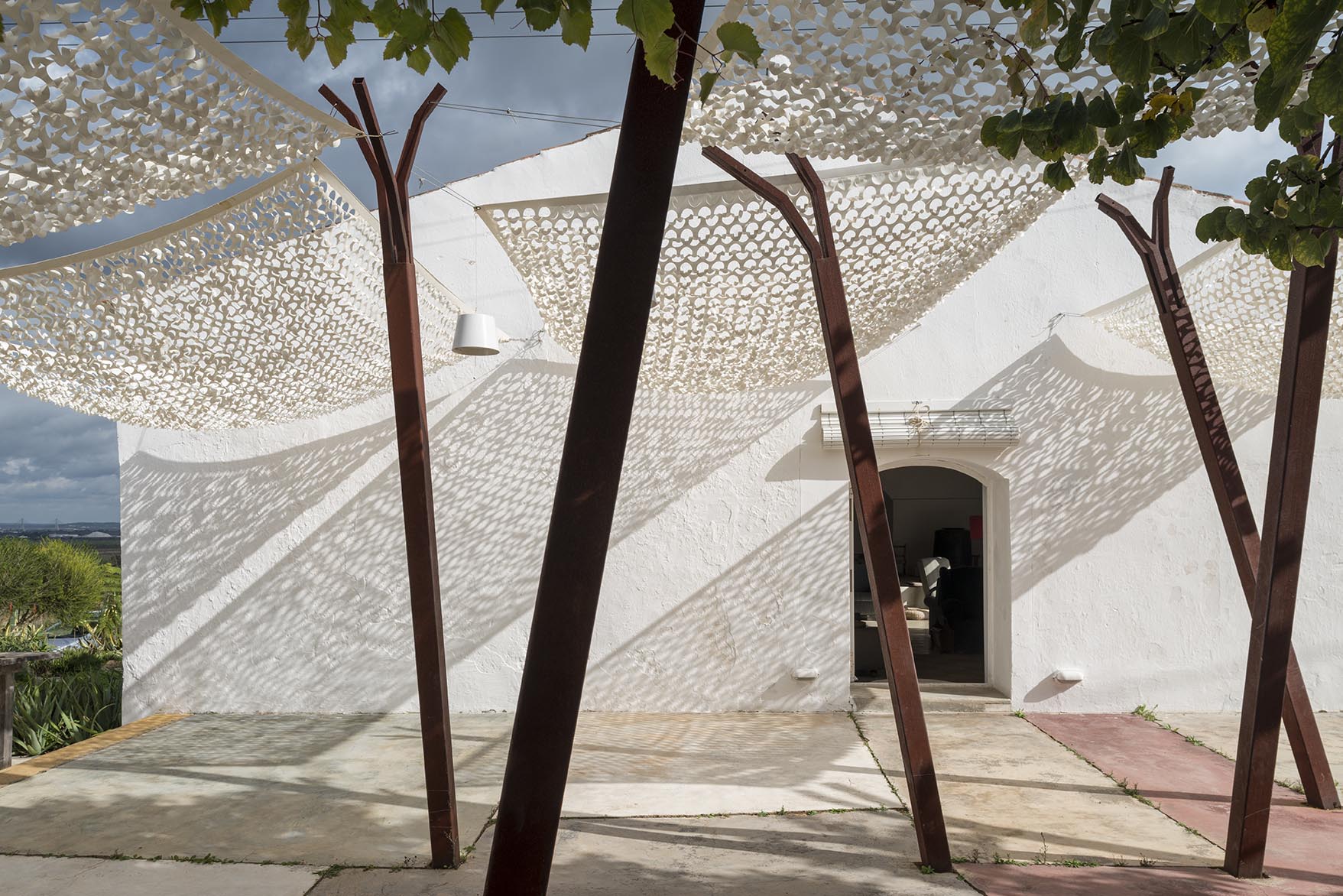
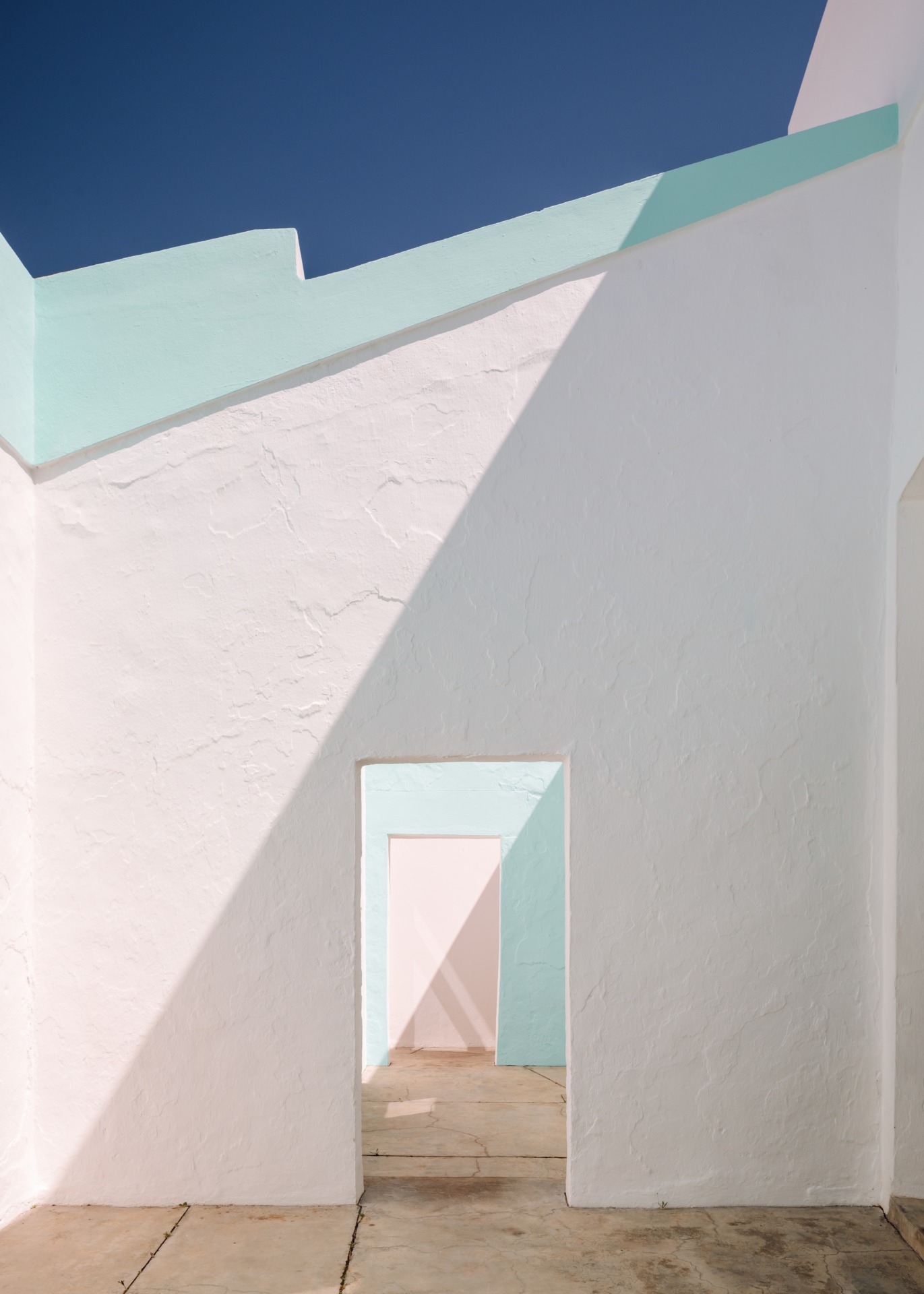
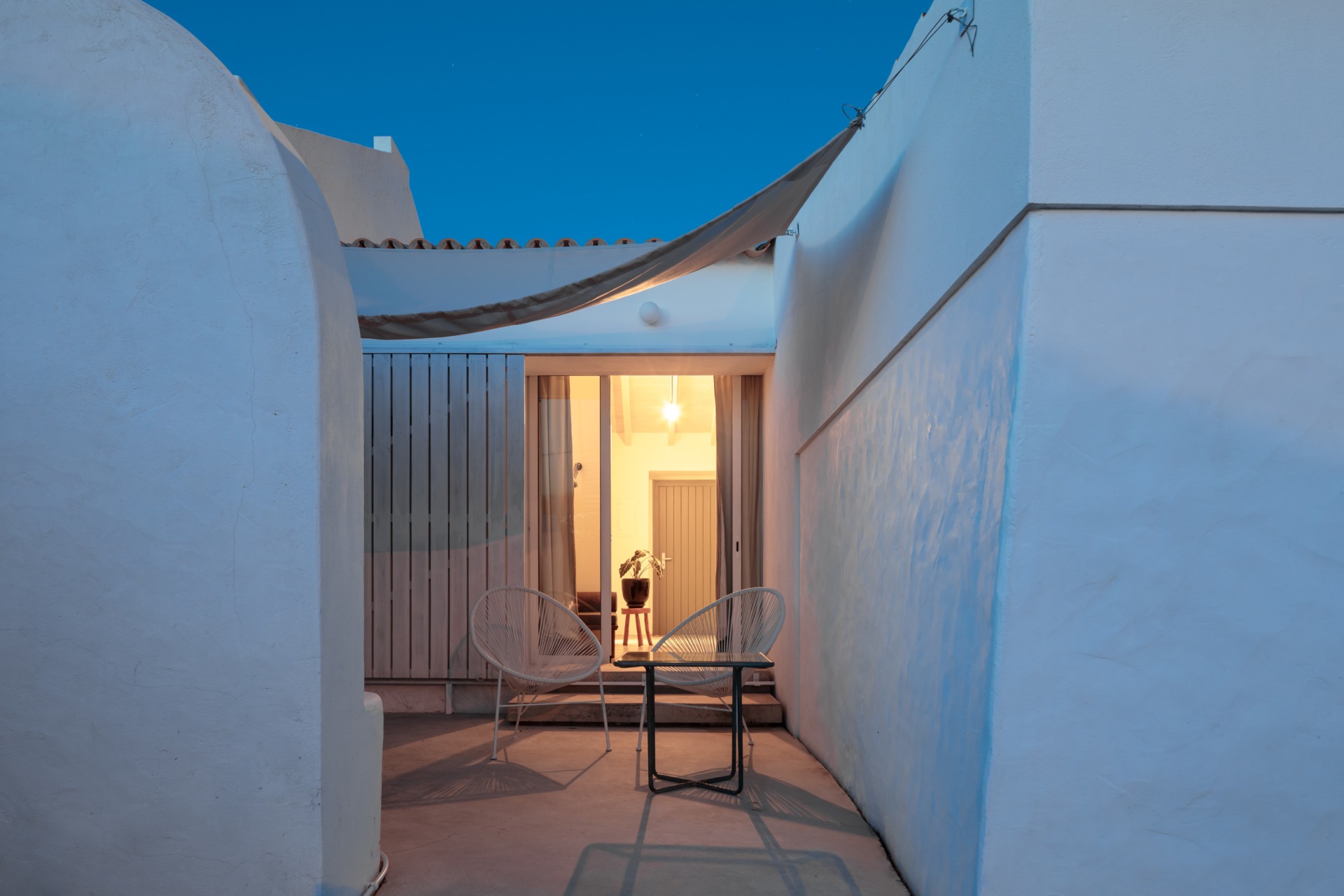
The project has received different designations; rehabilitation, alteration, expansion, transformation, and regeneration. What we value most is the celebration of the place. The first phase was inaugurated in 2007 and the second in 2014. From the first moment, the project aimed to enhance expressions of local culture and use cutting-edge technology to achieve a high level of low energy consumption.
Before intervening, it was necessary to know the place. Realize what materials were used in each period of time. It is common for rural buildings to have been occupied for many generations. Therefore, they often contain an accurate knowledge of geography and local weather conditions. Bad solutions, which must also have existed, have in the meantime been improved or replaced so that buildings or ruins contain in-depth knowledge tested over generations.

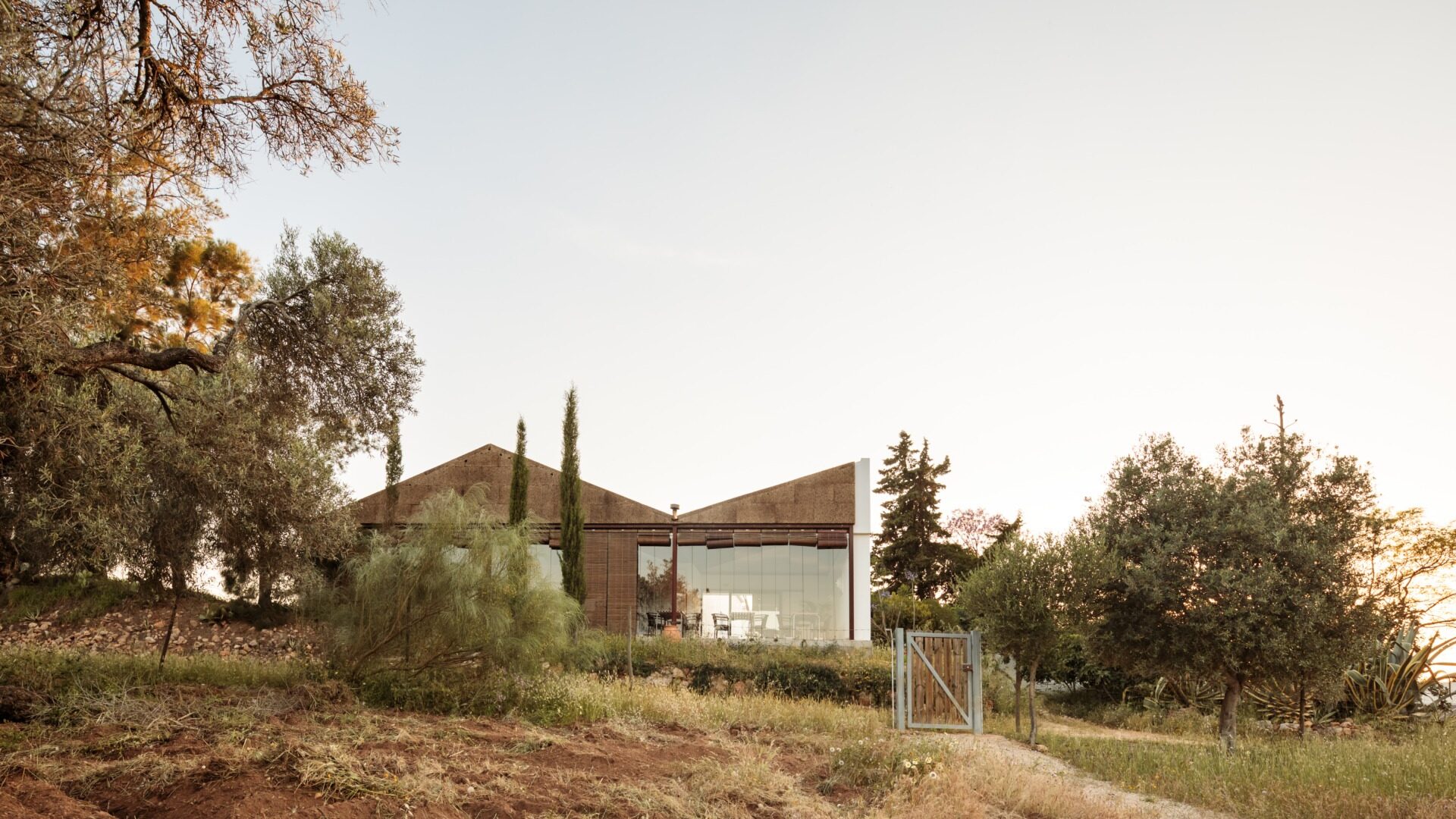
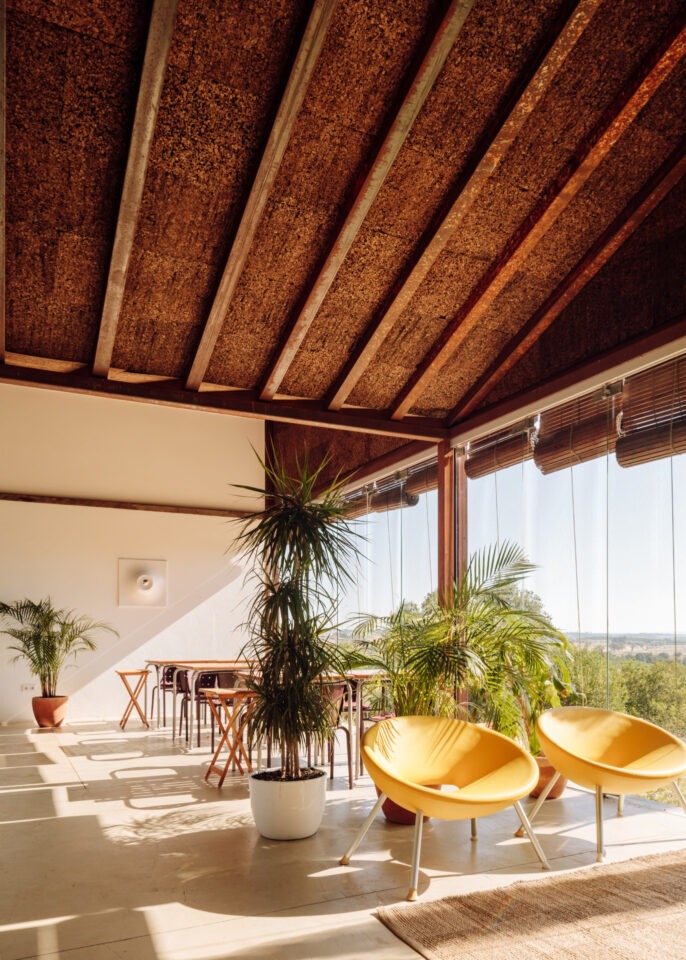
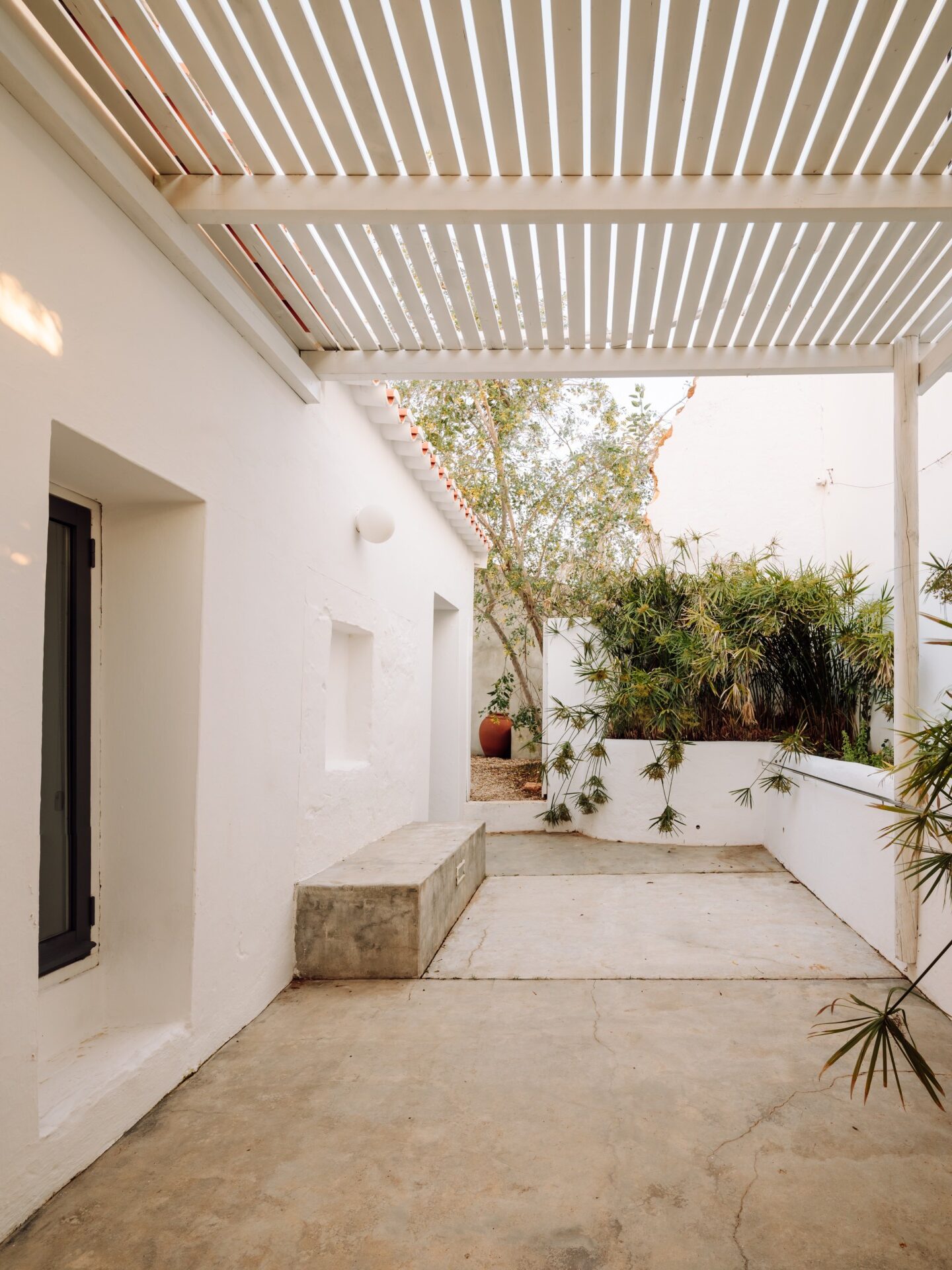

Media Referencing

“Set amongst fields of olive trees and wild flowers in the unspoilt eastern Algarve, Companhia das Culturas offers five bedrooms and four apartments housed in a variety of old farm buildings that have been in co-owner Francisco’s family for seven generations. A hammam and yoga studio complete the picture.”
The Telegraph
Read the complete article →

“Imbued with a North African flavour, Companhia das Culturas is a farmhouse in the village of São Bartolomeu, Algarve, restored by Lisbon-based architect Pedro Ressano Garcia. The retreat hosts food and art events, and boasts organic patio gardens with views over rolling olive groves and salt marshes.”
Wallpaper
Read the complete article →

“Partindo da recuperação e refuncionalização de antigos edifícios agrículas mas preservando-lhes a identidade, aqui se criou uma espécie de anti-resort, que se articula com a aldeia em que está integrado: S. Bartolomeu. Valoriza a sombra e o silêncio.”

“The three R’s policies, reuse, reduce and recycle were integrated at several levels of design. It was intended to reuse the existing walls. They were partially ruined and presented irregular textures, but the concept of reuse was taken integrally and the walls are presented without changes.”
Architizer
Read the complete article →
Related

